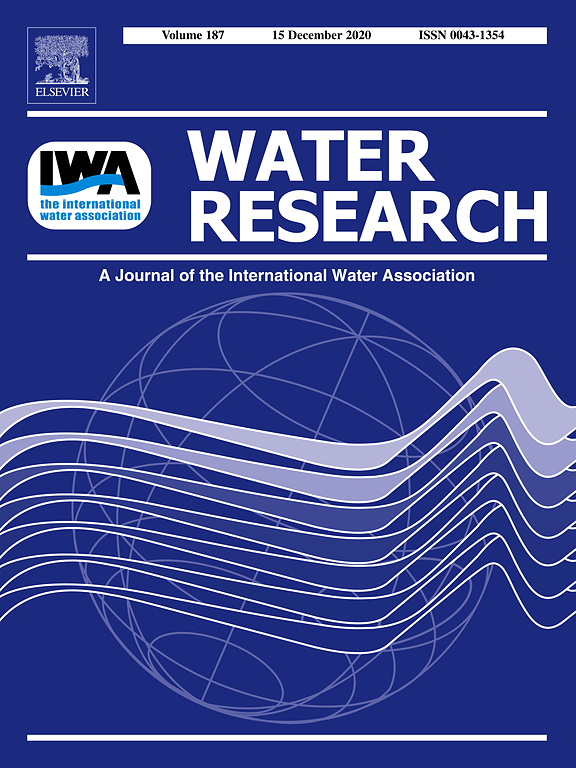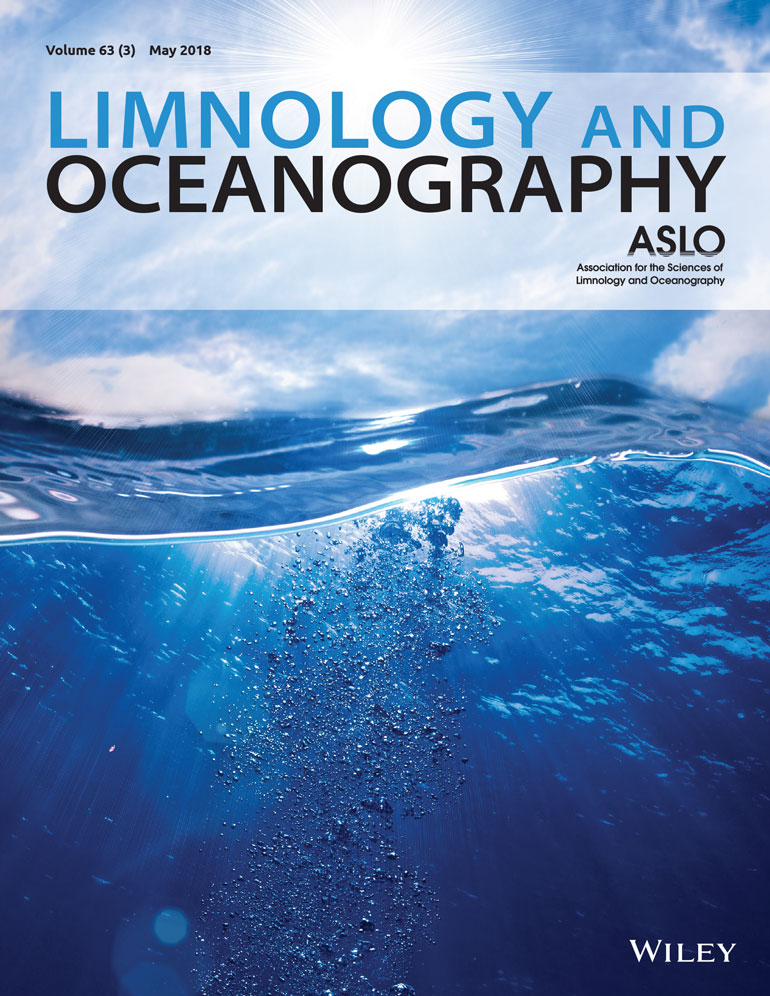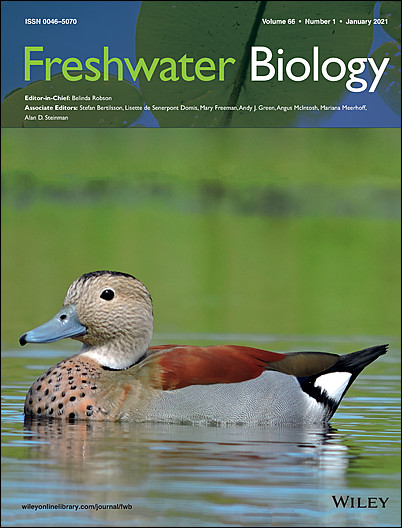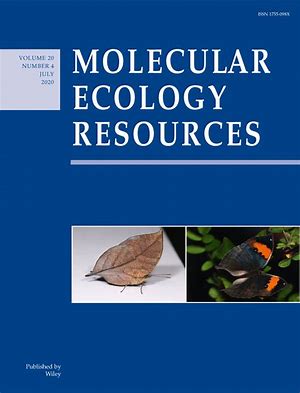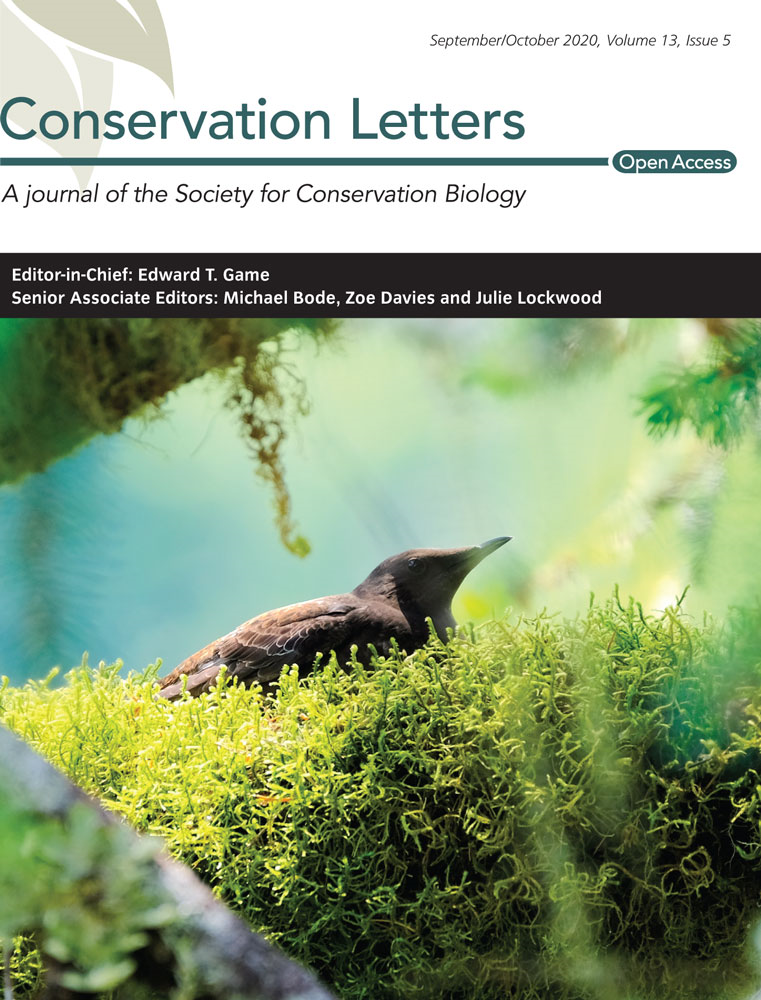Global meta-analysis deciphering ecological restoration performance of dredging: Divergent variabilities of pollutants and hydrobiontes
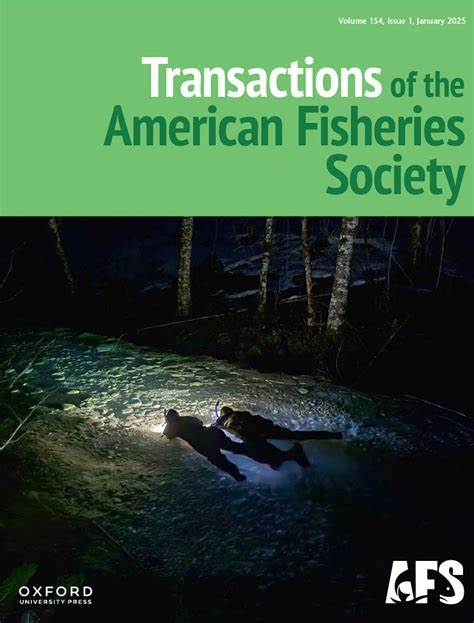
Size mediates relative risk and anti-predation response in juvenile sturgeon
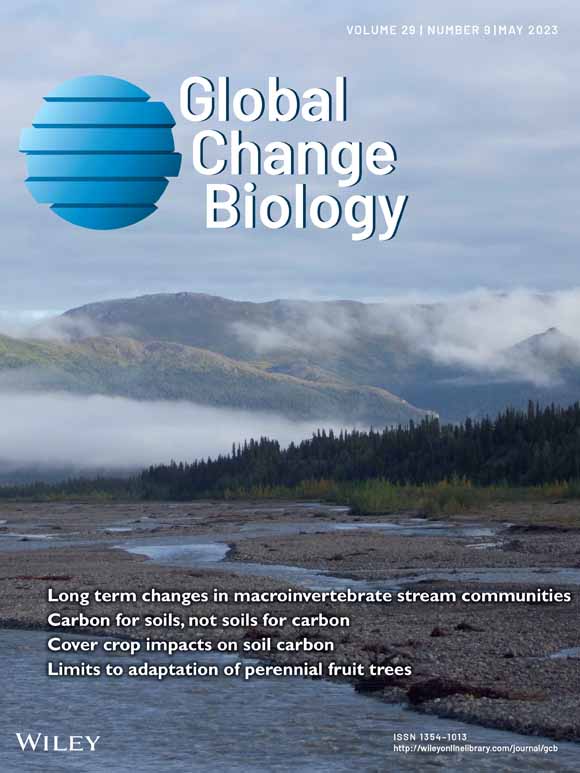
Altered Phenotypic Responses of Asexual Arctic Daphnia After 10 Years of Rapid Climate Change
Freshwater ecosystems in the Arctic are important sentinels for climate change, but not much is known about the potential for rapid adaptation of their asexually reproducing key zooplankton members. Applying a resurrection ecology approach to an asexual Arctic Daphnia population, the authors provide evidence for a change in thermal and hypoxia tolerance within a decade.
Picophytoplankton act as the primary consumers of excess phosphorus after the spring bloom in the eutrophic Baltic Sea
Asian Loaches: An Emerging Threat as Global Invaders
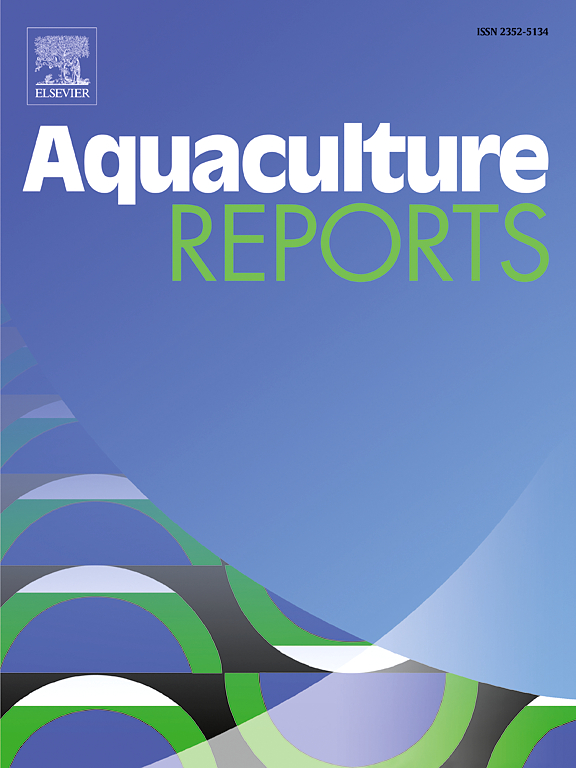
European perspectives on Litopenaeus vannamei aquaculture: An expert’s survey
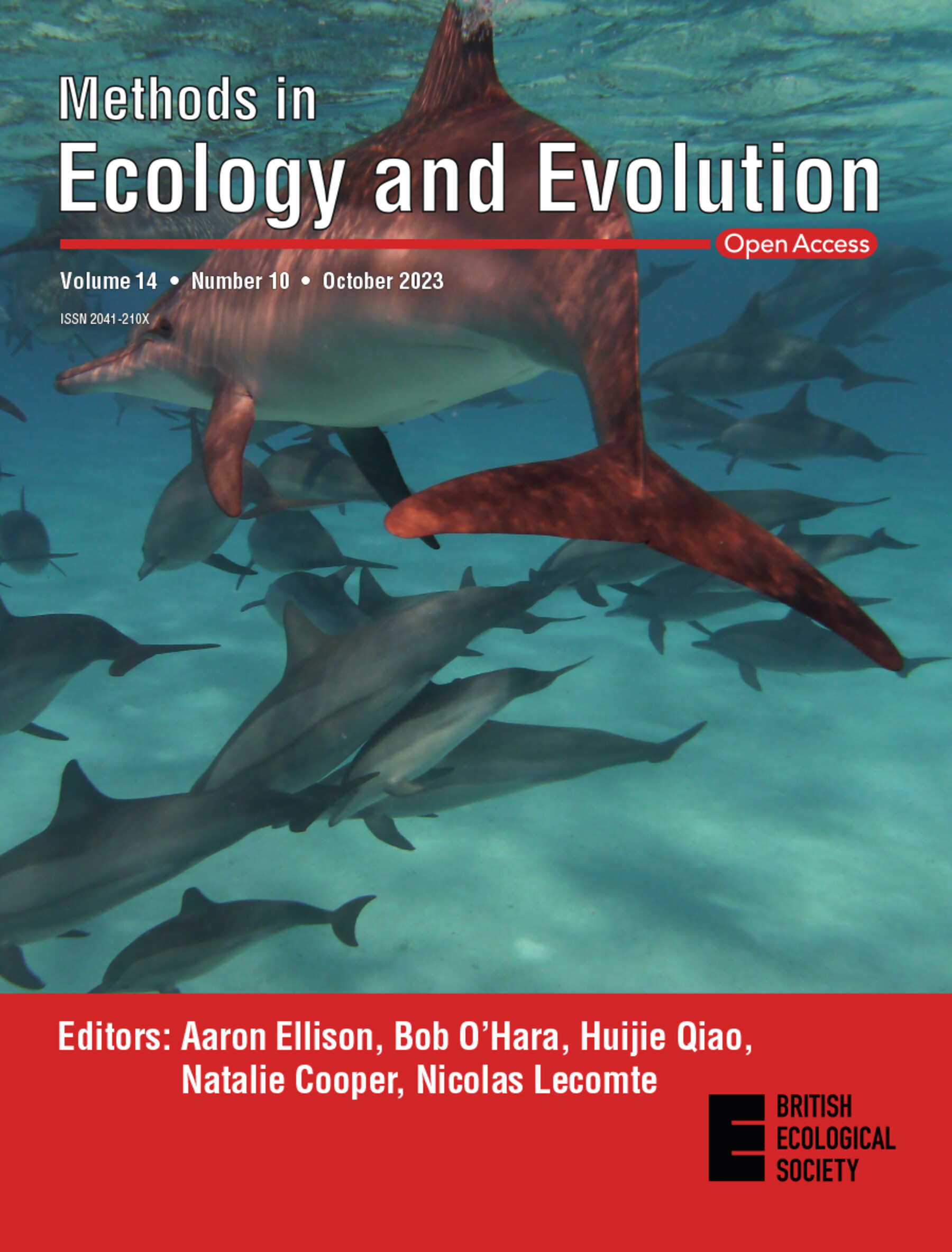
A population Monte Carlo model for underwater acoustic telemetry positioning in reflective environments
In study areas near acoustically reflective surfaces, reflected transmissions may cause large detection outliers that reduce the accuracy of telemetry positioning. A novel time-of-arrival model is presented. This allows for positioning of aquatic animal in acoustically challenging study areas. It provides good measures of positioning uncertainty and is useful for fine-scale telemetry.


